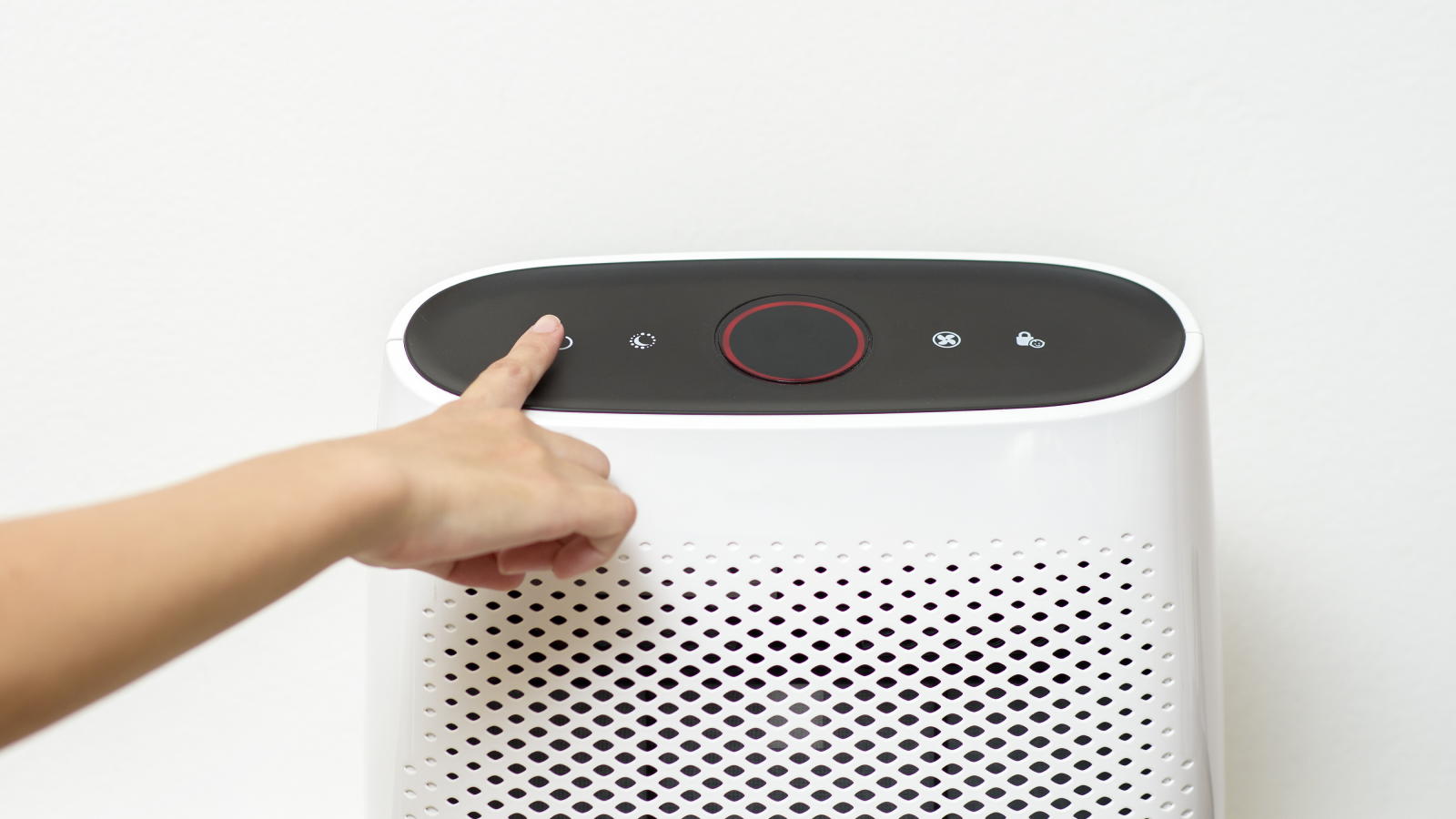The air we breathe is often contaminated with particles, dust and gases. Many people don’t realize that these elements can be harmful in the long-term for those who are sensitive or allergic to them. The solution? A portable air purifier.
Air purifiers can be an invaluable tool to help protect your home from the air contamination that’s in it, such as dust and other particles. They work by efficiently removing whatever small contaminants are present in the air.
Air pollution can be a huge issue for those who are allergic, or have respiratory problems. Air purifiers offer an ideal solution to these issues. Pets may make your family happy but not everyone in the house can tolerate animal dander which can cause asthma triggers.
Asthma currently afflicts around 24 million adults and children in the US. This is a chronic respiratory condition that often results from an allergic reaction, but can be relieved by using an air purifier at home or at work to process pollutants before they enter your lungs.
Air Purifiers: Best Practices to Keep in Mind
Best Practice #01: Determine the best location for your air purifier.
The easiest way to optimize your air purifier’s performance is by simply knowing where it should go. If you’ve bought a new one, put them in the bedroom. This will have greater benefits for those who spend most of their time there and also uses up less energy than other spaces like the living room or the kitchen.
Next, choose other high traffic areas of your home like the living room or kitchen. These should be places you spend a lot of time in so it is important to have an air purifier that will cover these spaces with ease.
In larger rooms such as those found on upper levels close by outdoors there may not need any extra coverage but if one space seems too insufficient then we recommend going up in size for better results where needed most: inside bedrooms and offices among others.
Put the air purifier where it can do its job. Avoid putting any inlets or outlets near walls, as this will slow down airflow and cause inefficient operation of your machine. You can point it like a standing fan if you have one. Just make sure not to block anything along the way either so everything has enough space for circulation without obstruction.
Best Practice #02: Use the right speed for your space.
One thing we don’t think gets enough attention is the speed that you run your air purifier on. Your choice of airflow rate will determine how much space it cleans, but be aware—
higher speeds mean less coverage.
To give yourself as many hours of clean air per day and weeks worth of protection from particulates in dirt or dust particles released by tailpipes, engines idling outside homes without adequate ventilation systems, you need an efficient unit with a high CFM (cubic feet per minute) output which can cover up to 3200 square feet.
If you have a small living space, then it is best to only run the purifier on low speed or off. The coverage area of 800 square feet would require 24/7 use and continuous exposure in order for it to be effective enough and this may not always work out well with your schedule as there’s no telling when poor air quality will hit.
If running an air cleaner at maximum power won’t cover all areas needed within one home (e.g., large homes), make sure that each room gets its own dedicated filter depending upon how many people/pets live there.

